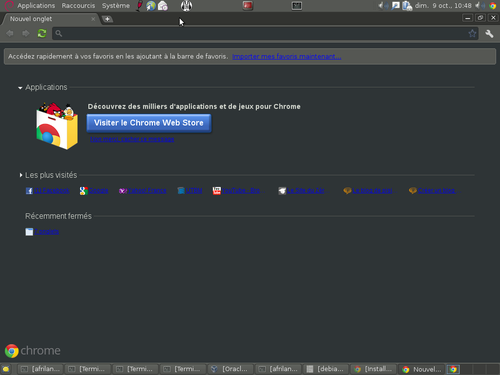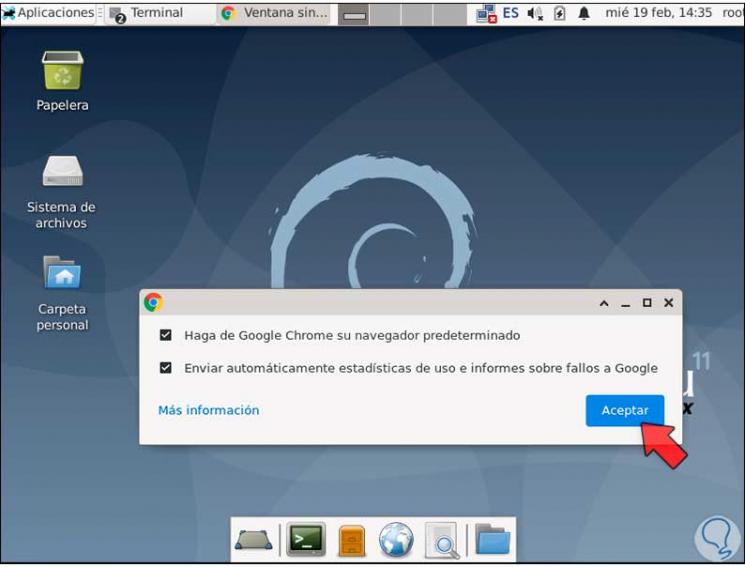

Regardless, Debian Bullseye does bring new behind-the-scenes changes including exFAT filesystem support and improved driverless printer and scanning support to name a few. As I mentioned, there are some changes that need to be made for full Chrome OS support. I have no plans to rely on this Bullseye container for what I’d call “production work” or for my Computer Science classes. Then, following the standard method to enable Linux support in the Chrome OS Settings, I created a new Linux container. I chose Bullseye and deleted my existing Linux container for testing. You’ll have to navigate to chrome://flags#crostini-container-install where you can make that choice: With the Dev Channel of Chrome OS 94, there’s an option to choose your Debian version from among the three. Previously, Chromebooks used Stretch, which is Debian 9. On the Stable Channel of Chrome OS, currently, version 92, all new Linux containers on Chromebook use Debian 10, or the Buster version. But if you have a Chromebook running the Dev Channel of Chrome OS 94 as I do, you can install and use Debian Bullseye on your Chromebook. You can read about them in this bug report. The upgrade of the Linux container on Chromebooks is still a work in progress as there are some changes the Chromium development team has yet to make. And Chrome OS 94 brings Debian Bullseye to Linux on Chromebooks.


It’s Debian Bullseye, which is version 11 of the popular Linux platform. No, it’s not Windows, macOS, or even Chrome OS. Did you hear? There’s a new major update of a desktop operating system now available.


 0 kommentar(er)
0 kommentar(er)
